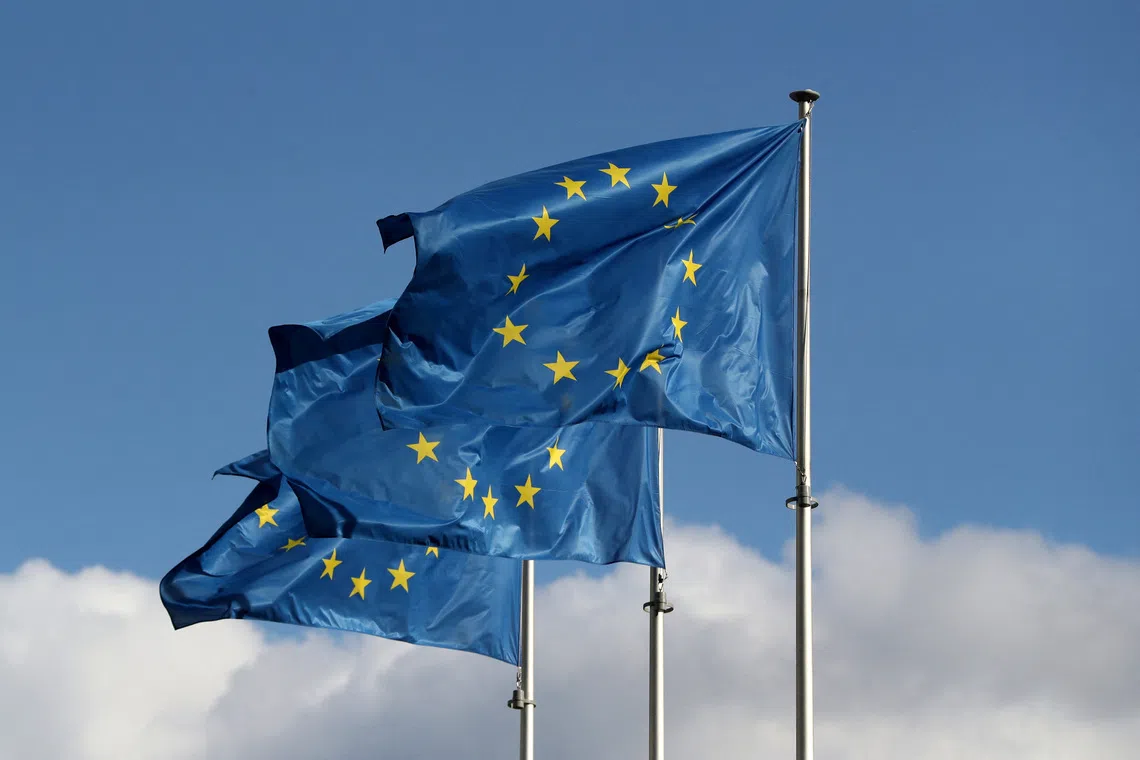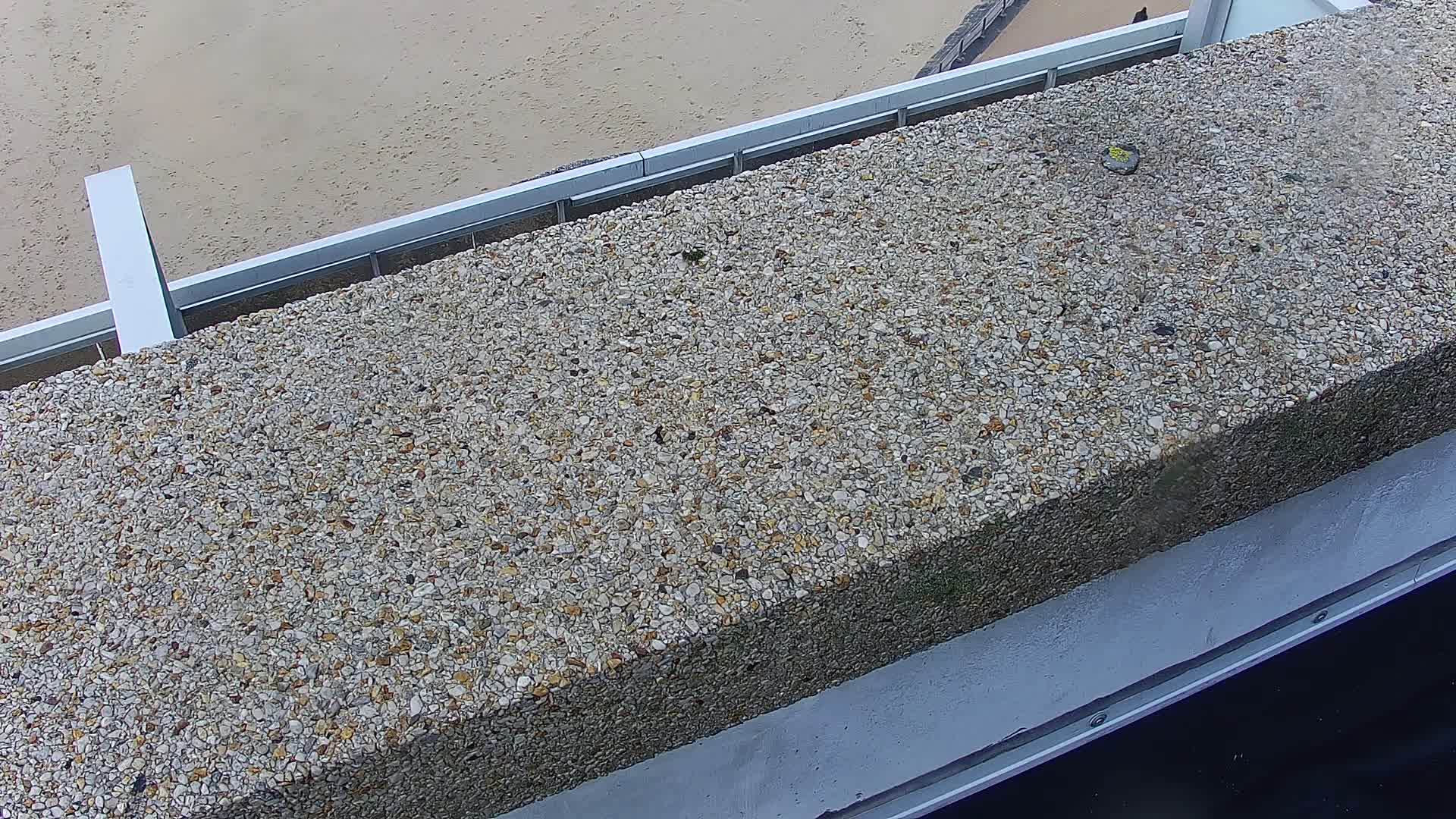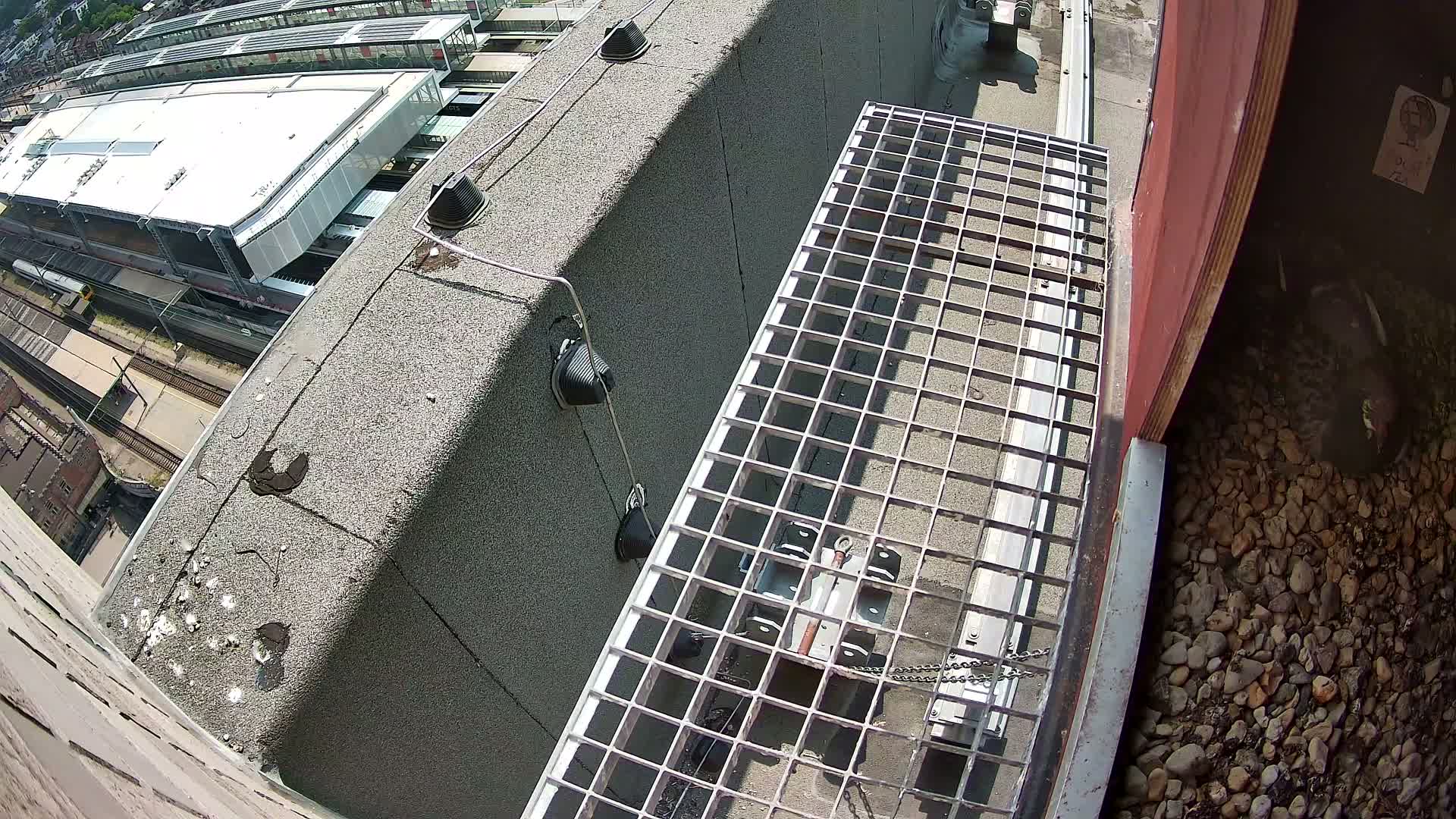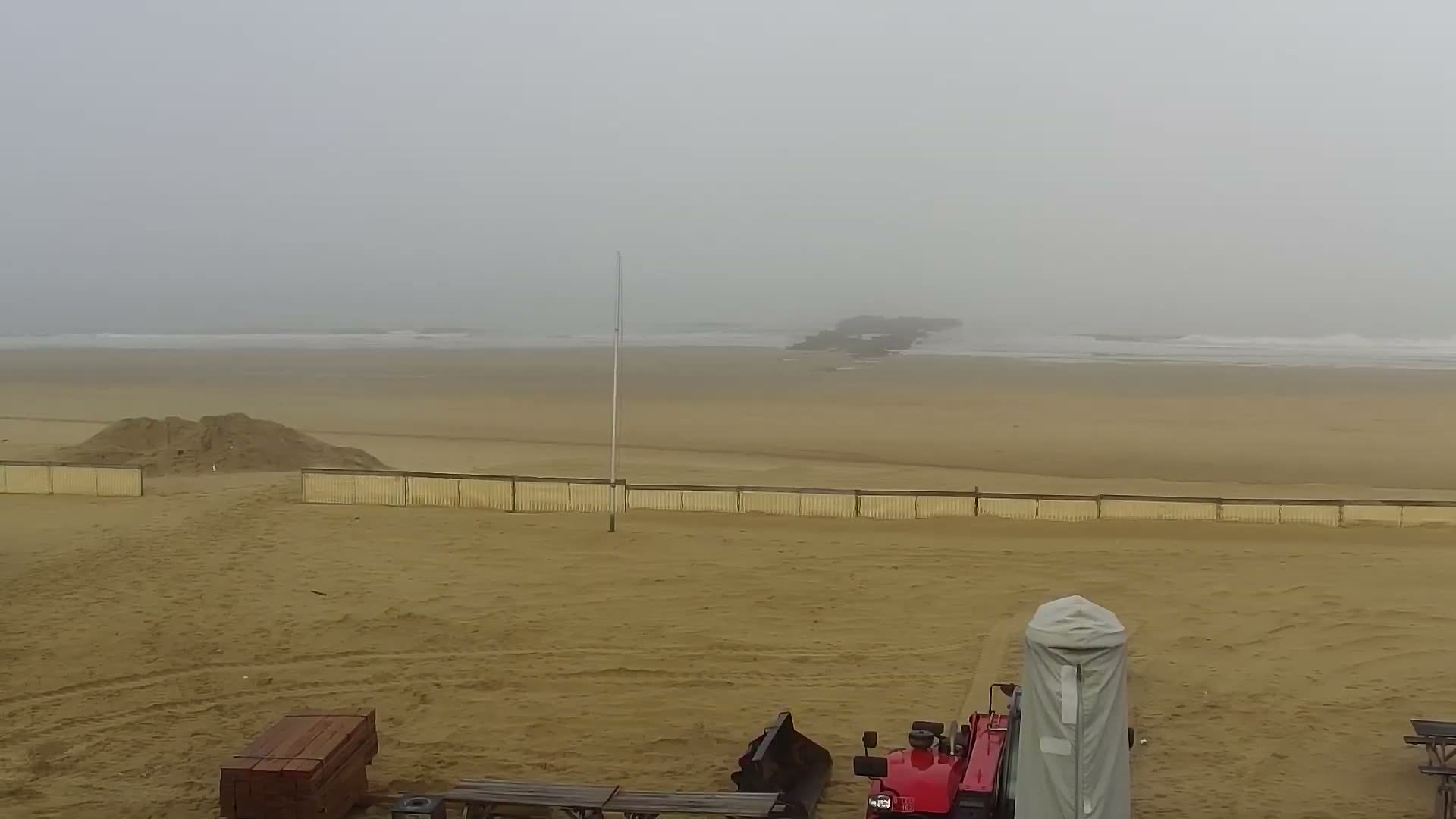The European Union is intensifying its efforts to establish a mechanism for utilizing frozen Russian assets to bolster Ukraine, a push made more urgent following recent U.S.-backed proposals that presented alternative approaches. EU officials have highlighted that a U.S. peace plan, unveiled last week and perceived by European leaders as significantly favoring Moscow, has spurred the 27-nation bloc into action.
Last month, EU leaders grappled with a plan to leverage €140 billion (approximately $162 billion) in frozen Russian sovereign assets held within Europe, aiming to provide a vital loan to Kyiv. However, this initiative failed to secure the necessary backing from Belgium, the nation where a substantial portion of these funds is currently immobilized.
EU's Strategy Takes Shape Amidst Urgency
The European Commission, the executive arm of the EU, is poised to unveil a draft legal proposal this week. This document is specifically designed to address Belgium's reservations and outline how these frozen sovereign assets could be channeled to support Kyiv throughout 2026 and 2027. While work on this EU plan has been ongoing since October, the details of the U.S.-backed alternative — which involved potential investment in Ukraine's reconstruction alongside a U.S.-Russia joint investment vehicle, with the U.S. retaining a significant share of profits — have injected new urgency into the European discussions. "It surely made work on this even more urgent," noted an official close to the project preparations.
Under the EU's proposed scheme, the frozen Russian central bank assets would be provided to Ukraine as a loan. This loan would cover both defense expenditures and essential budgetary needs, offering crucial relief to EU member states, who have been Ukraine's largest financial contributors since Russia's full-scale invasion in February 2022. A key condition of this loan is that Ukraine would only be required to repay the €140 billion once it receives war reparations from Russia.
Contrasting Visions: EU vs. US Proposals
While the latest iteration of the U.S.-backed plan remains undisclosed, earlier details revealed a distinct approach. A prior 28-point U.S. proposal suggested investing $100 billion of the frozen Russian funds into a U.S.-led reconstruction and investment initiative for Ukraine, with the U.S. slated to receive 50% of the profits. Europe would then be expected to match this $100 billion contribution. The remaining frozen funds under this U.S. vision would be allocated to a separate U.S.-Russia investment vehicle for joint projects.
Addressing Belgian Concerns: The Path to Consensus
The Commission's forthcoming draft legal text is critical for securing Belgium's support, as approximately €185 billion out of the €210 billion frozen in Europe is located within Belgian institutions, primarily Euroclear. Belgium has demanded detailed legal guarantees to mitigate specific risks.
European Commission President Ursula von der Leyen emphasized the necessity of supporting Ukraine. "We need to support Ukraine to defend itself. We committed ourselves to cover Ukraine's financial needs in 2026 and 2027. This includes an option on immobilised Russian assets," she stated to the European Parliament. "The next step now is that the Commission is ready to present a legal text and, to be very clear, I cannot see any scenario in which the European taxpayer alone will pay the bill."
Belgium's primary apprehensions, which must be resolved before EU leaders reconvene on December 18, center on potential Russian lawsuits against Euroclear, the Belgian securities depository. Such litigation could be protracted, costly, and even emerge years in the future. Belgium is seeking assurances from other EU nations that it would not bear these financial burdens alone. Furthermore, if courts were to mandate the return of Russian funds before reparations are paid to Kyiv, Belgium wants a guarantee that other member states would swiftly provide the necessary financial assistance.
The current freezing of Russian funds is contingent on a unanimous EU decision, which requires renewal every six months until Russia pays reparations. This presents a risk: Hungary, whose prime minister maintains closer ties with Moscow than other EU leaders, could potentially block the renewal of sanctions, thereby automatically releasing the funds to Russia. Belgium and other EU governments are pressing the Commission to devise a mechanism to prevent such a scenario before they endorse the scheme.
Beyond the €185 billion held in Belgium, an estimated €25 billion in additional Russian sovereign assets are frozen in EU banks across other countries, predominantly France and Luxembourg. Belgium advocates for the inclusion of other nations holding Russian cash, such as Canada, Japan, Britain, and the U.S. (all G7 members), in any broader scheme.
Officials involved in the negotiations between the Commission and Belgium express confidence that these multifaceted concerns can be systematically addressed. Ultimately, however, "it will be about political will," as one EU official close to the talks concluded.







